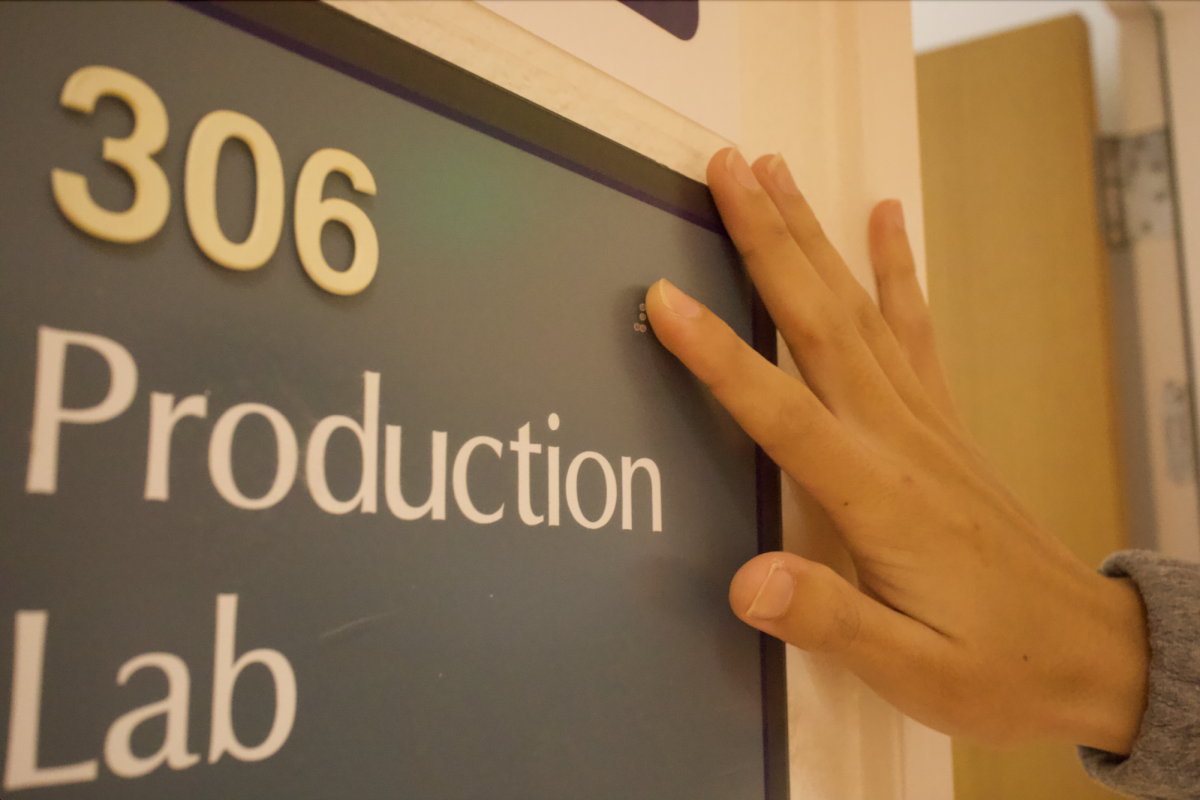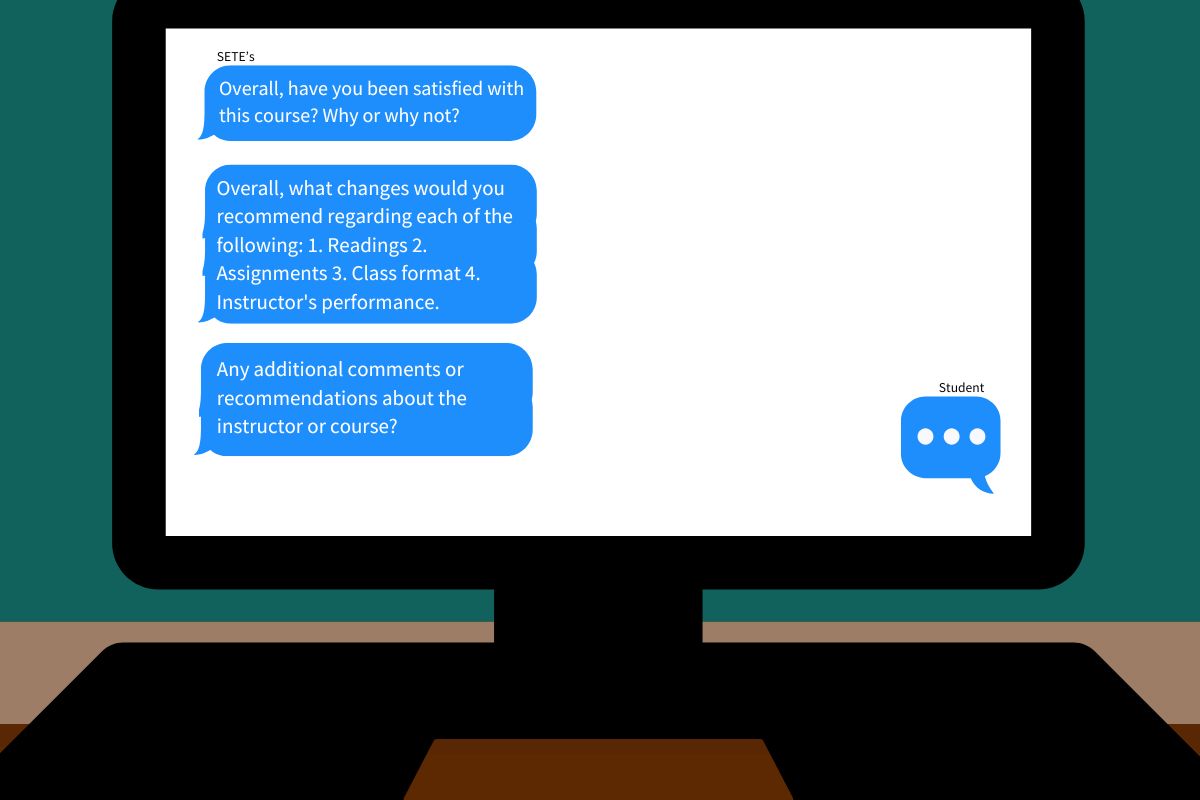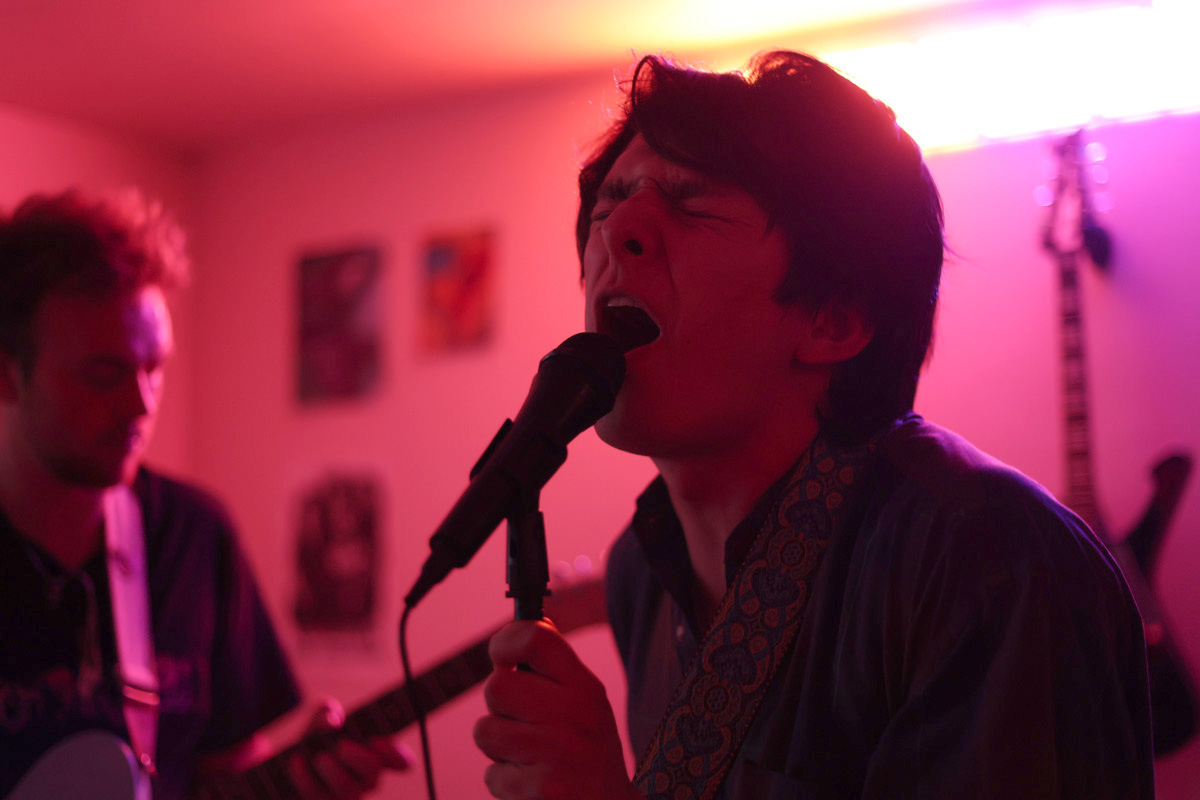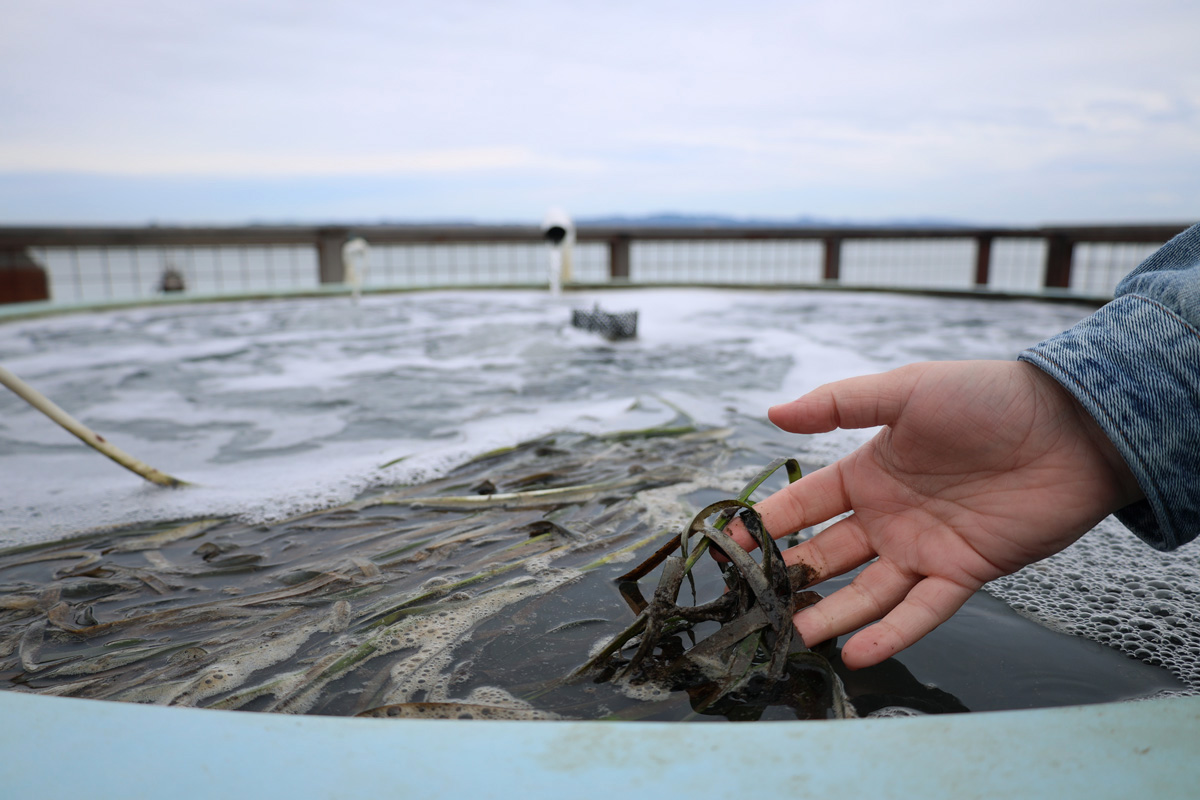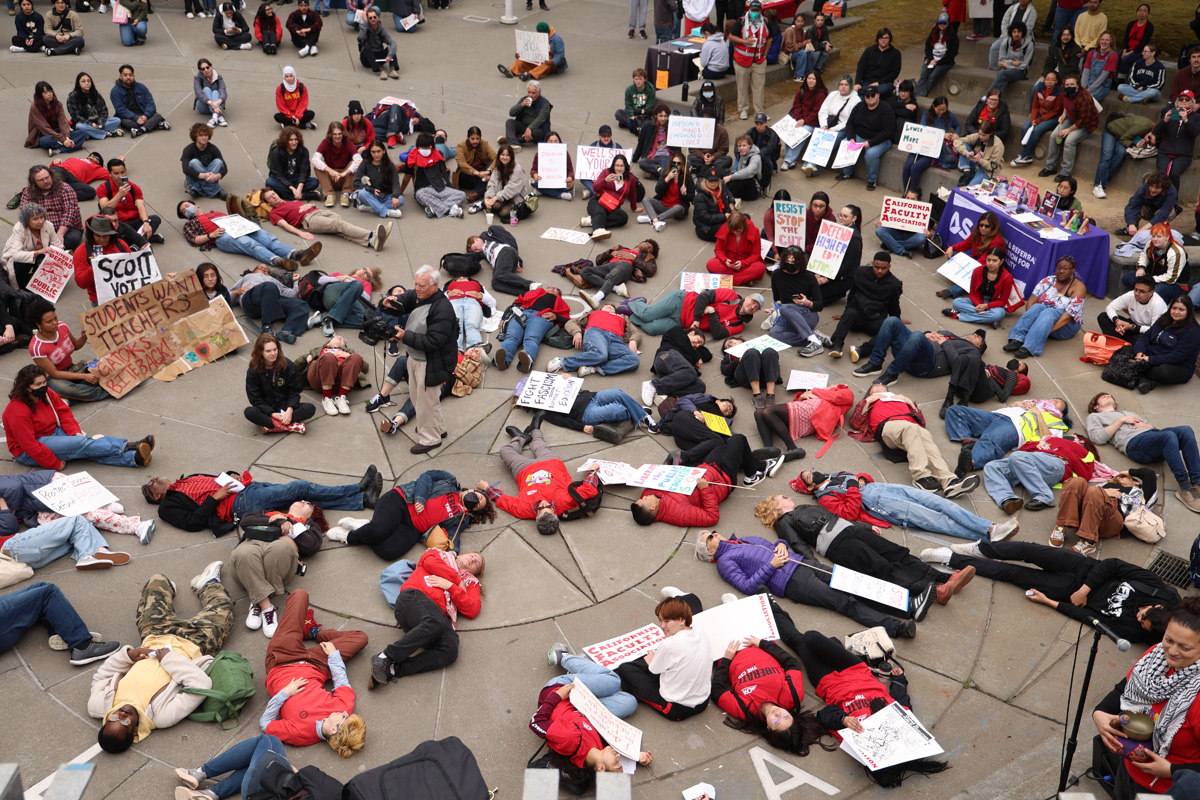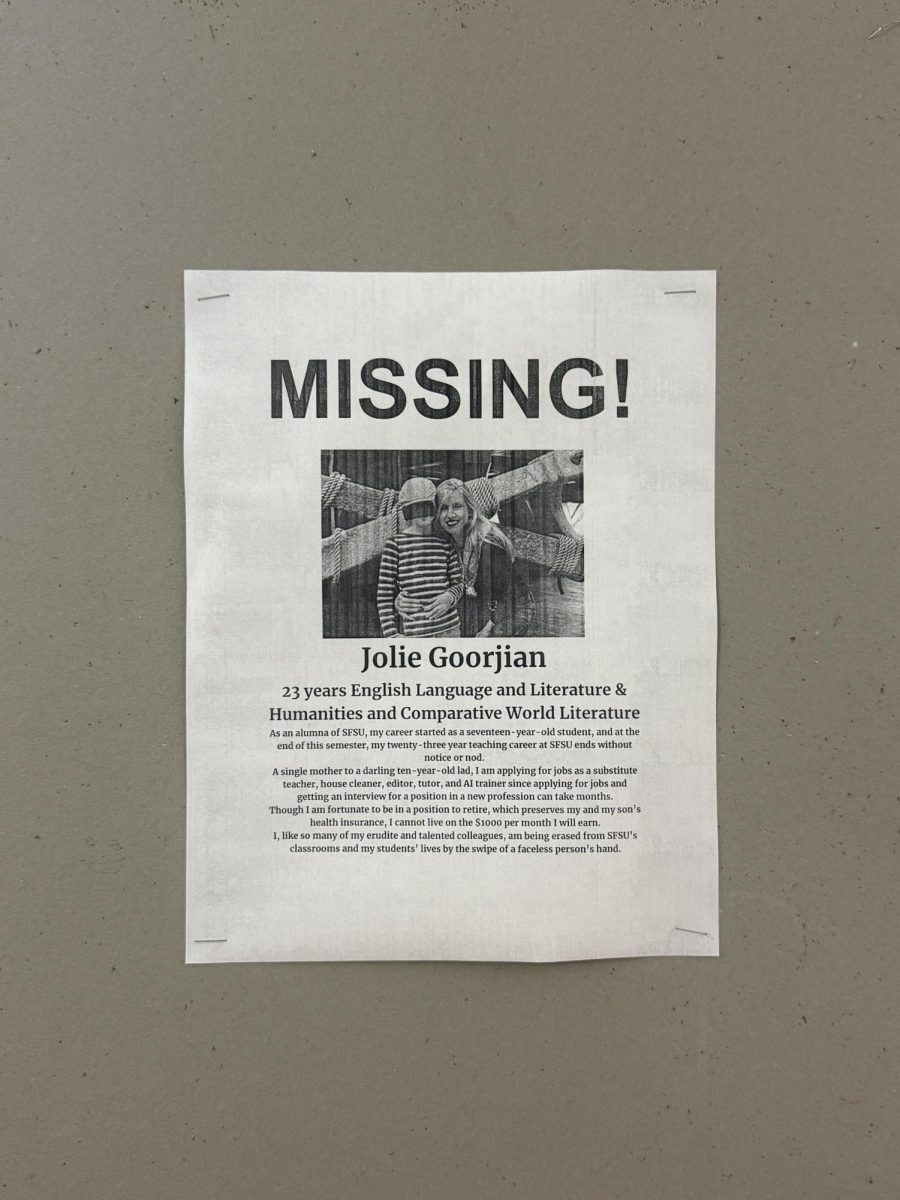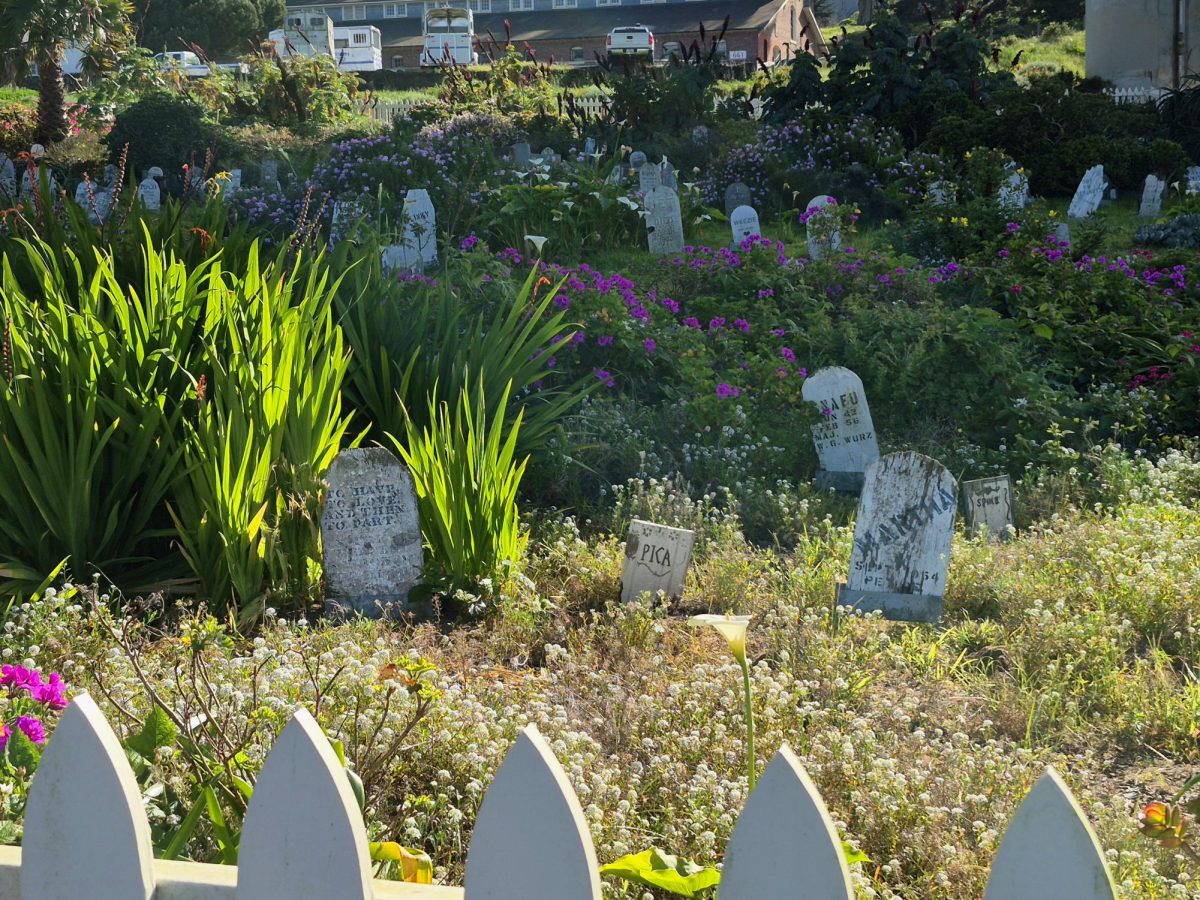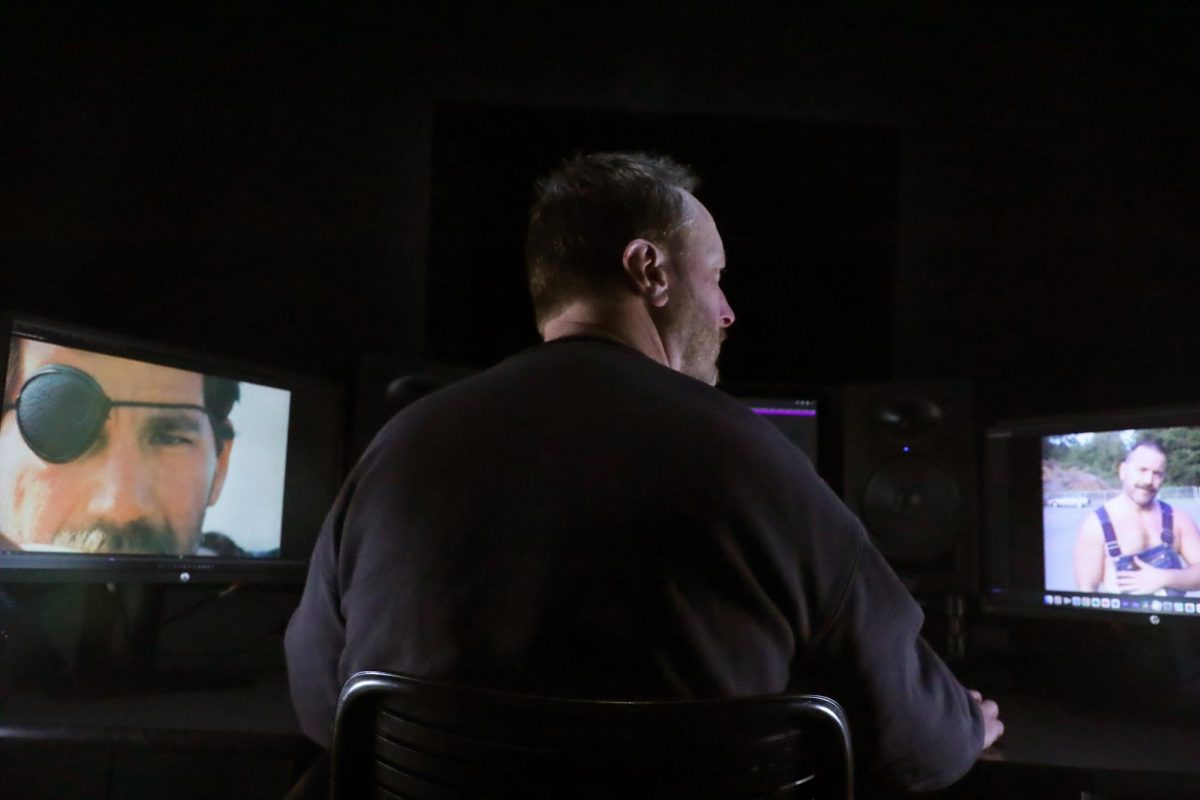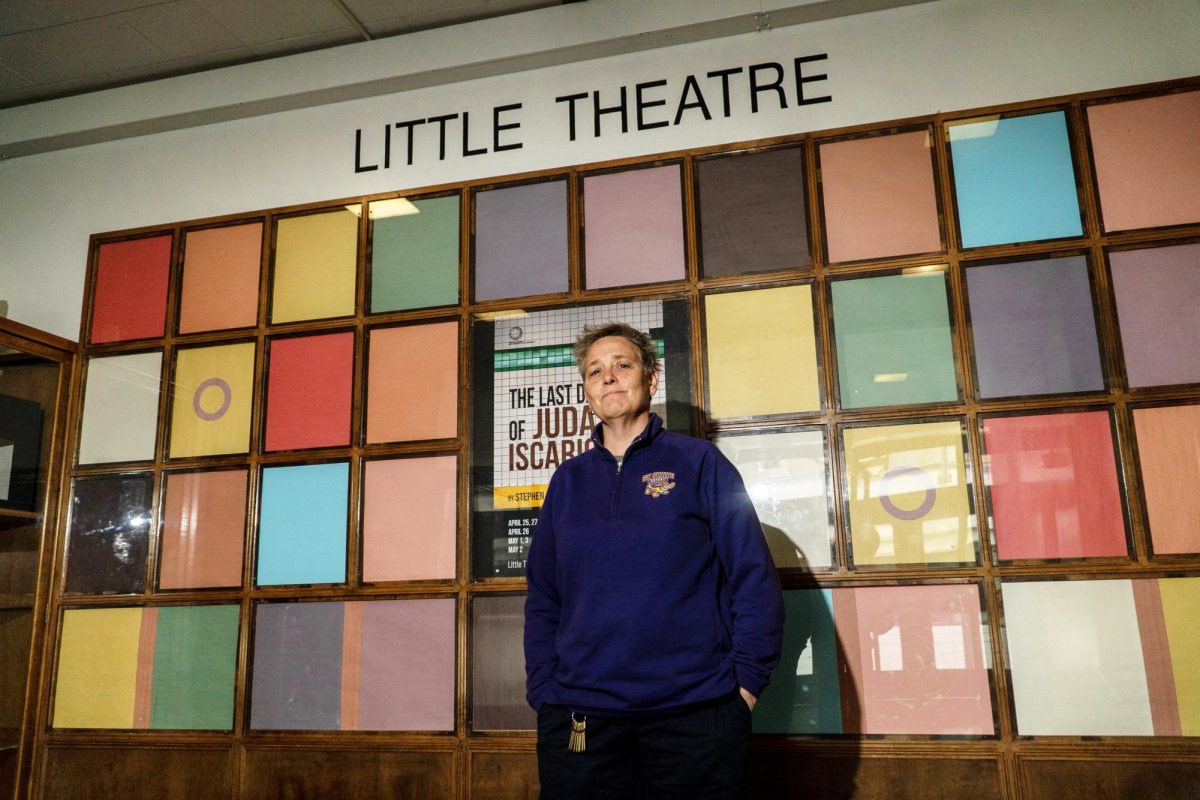SF State’s long-standing federal project, California DeafBlind Services, a program that provides educational seminars, early intervener courses and resources for DeafBlindness, is at risk of being defunded.
In compliance with President Trump’s 2026 budget proposal, the Department of Education is consolidating and defunding programs that provide services under the Individuals with Disabilities Education Act.
CDBS has trained early interveners, paraeducators who provide individualized support, and held educational seminars for professionals and educators throughout the state of California for the last 38 years. CDBS is part of a national network of deafblind services that families, educators and professionals depend on.
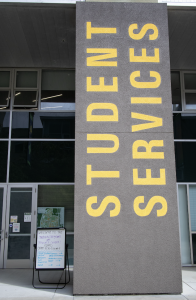
According to the National Center on DeafBlindness, it’s a low-incidence disability with a variety of ages, racial backgrounds, ethnicities, causes, severity and types of hearing and vision loss. Ninety percent of deafblind individuals have additional physical, medical or cognitive disabilities.
CDBS Project Coordinator, Julie Maier, emphasized that the most important element of CDBS — and other deafblind service projects nationwide — is their ability to share resources and knowledge about DeafBlindness with educators and professionals.
“They just wouldn’t be as well prepared,” Maier said. “And what happens to many children with all types of disabilities — or any other kind of educational needs — if the educators that are serving them aren’t prepared, typically their programs aren’t as effective. The outcomes for the children and youth will be much poorer, but also the teachers themselves will feel unprepared and perhaps confused or frustrated.”
By October of this year, deafblind children, such as 16-year-old Lena Deacy, could lose access to resources and services her family and care team depend on.
Lena has cerebral palsy and multiple other disabilities, including deafblindness. Navigating an already overwhelming system, families, like Lena’s, are under immense strain as federal budget cuts threaten to destabilize the progress they’ve made. Her mother, Lindsay Crain, stated how families like hers are becoming increasingly terrified over what adulthood looks like for their children.
“So often these systems that our children rely on…to survive and to thrive, these services that are meant to support us, sometimes they’re so difficult — it feels like they’re gonna break you,”
According to Crain, misinterpretations about DeafBlindness led to Lena not getting services she needed until 8th grade; she’s now in 10th grade.
“We had people on her school team who’ve been in education for over 20 years who were very pro-child, absolutely there for the kids, and they didn’t recognize or realize that she was considered deafblind,”
Crain shared how her community kept her “sane and grounded” in the isolating experience of raising a child with a rare disability. The low-incidence rate of deafblindness means that oftentimes families don’t know anyone else like their child or how to navigate the daunting system on their own.
Community and information sharing among these families is a vital element to raising a deafblind child, said Darlene Norman, an independent facilitator.
“Without knowing what is available out there and engaging with the DeafBlind community, it would be hard to know,” said Norman. “And it can be a small world out there for the DeafBlind community, but there’s so much enrichment that comes from it.”
According to Adam Graves, project director for CDBS, one social barrier limiting individuals with disabilities college attendance is the underestimation of their abilities and misunderstanding of deafblindness.
Graves stated that one of the main objectives of CDBS is to highlight disabled individuals as members and contributors to society.
Jennifer McKay, an early intervener, stated that she was also unfamiliar with DeafBlindness before meeting an individual who sparked a passion in her.
“I was one of those that didn’t know about DeafBlindness until a few years ago,” McKay said. “I was amazed that when I met my first deafblind individual — this person cannot see or hear — but yet, this person can go swimming, do aqua fitness. [They] can do ceramic class, and can do even painting. I think that will blow people away — what they’re capable of if they had the right resources.”
McKay shared that strategies used to educate deafblind students are nothing like the methods used to teach Blind or even Deaf students. Services like CDBS, that recognize the need for an established curriculum to teach deafblind students communication skills is what makes them so significant.
“I can’t speak for all disabilities, but I do know that everyone should have access to education,” said McKay. “Having an intervener for DeafBlind [students] allows them that access. And if the Education Department or family don’t know about interveners, then they don’t have that access.”


